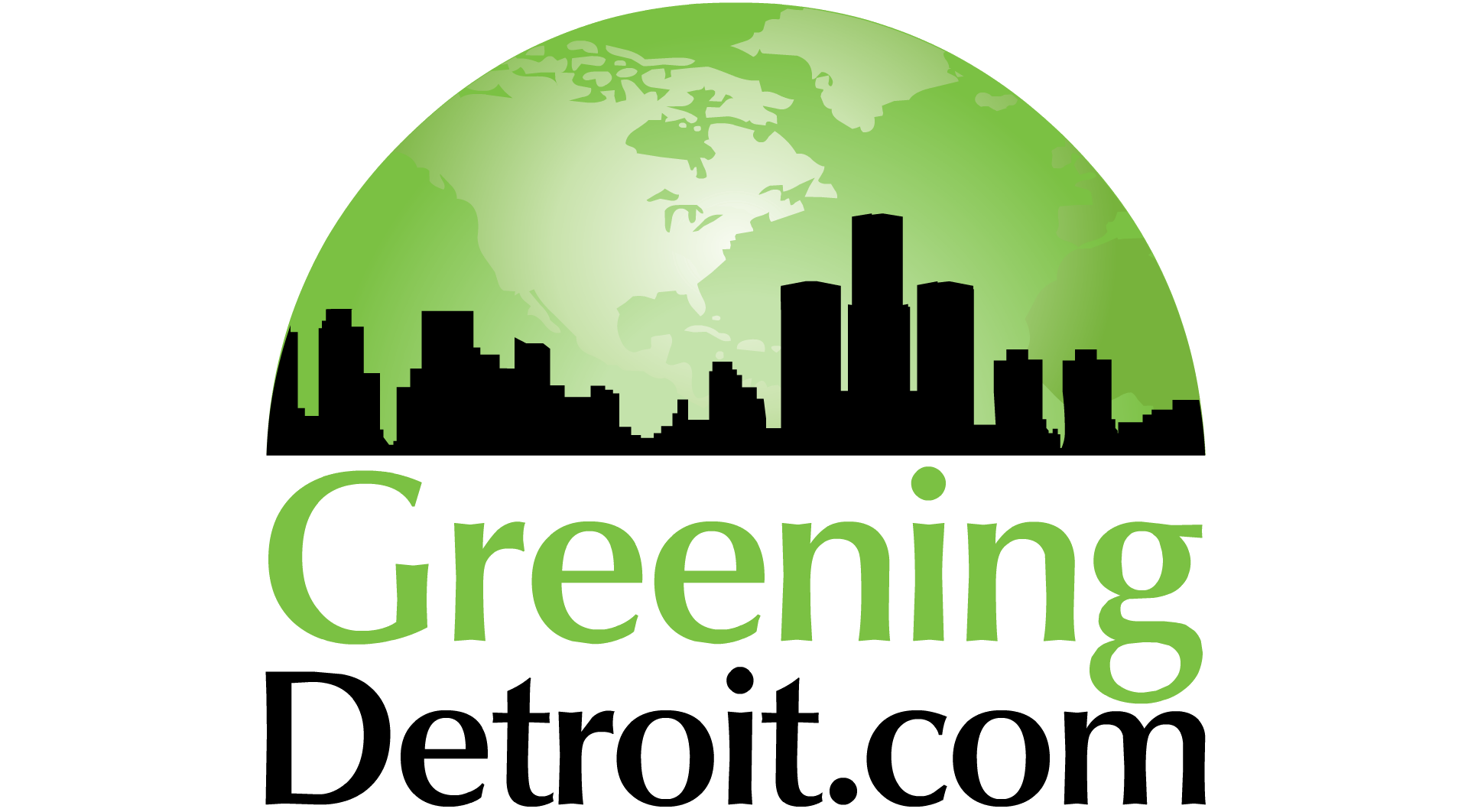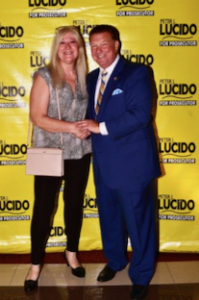Diverse businesses are learning the benefits of corporate sustainability.
While environmentalists, and the public, have many reasons to remain wary about big corporations, it’s also true that big business’s tremendous wealth and power can be harnessed for good. While no company is perfect, particularly when it operates on an international scale and has a long history, it is worth noting the ways in which companies are going green today.
The following are not necessarily the greenest companies around, but they also aren’t niche players. Let’s see what lessons in sustainability we can learn from:
Kimberly-Clark
Paper giant Kimberly-Clark has been trying to reverse years of bad environmental press, and earlier this year was recognized by the EPA for being one of the top buyers of green power. After a long conflict with Greenpeace over clear-cutting in Canada’s Boreal forest, the company has agreed to source all it’s fiber from “eco-friendly sources.”
Kimberly-Clark said it wouldn’t buy material from the Boreal unless it had been certified by the third-party Forest Stewardship Council as sustainable. It’s a major win for conservationists, who point to the Boreal as a major bulkhead against climate change and a sanctuary of biodiversity. The company that makes Kleenex, Scott and Cottonelle brands, among others, says that by the end of 2011, 40% of its North American tissue fiber will be either recycled or certified, an increase of more than 70% over 2007.
Staples
The office giant Staples has been heading in a greener direction for some time. The company’s finance chief, John Mahoney, recently told Environmental Leader that sustainable initiatives are saving Staples serious money. (For example, switching from
three-amp to two-amp light bulbs has saved the company $4.2 million after expenses). Staples has also slashed diesel fuel use by 540,000 gallons per year, saving $1.5 million, by modifying its trucks so that they can’t go more than 60 miles per hour. Staples also boasts an impressive commitment to solar power and has also beefed up recycling for shoppers of cartridges and even printers.
The office superstore also announced LEED Gold certification for a branch in Boston, with energy savings of 34% over a standard store. Staples is also joining with one-time foe Dogwood Alliance and other conservation groups, wood products companies and landowners on a new, multi-faceted initiative (“Carbon Canopy”) aimed at protecting forests and
combating climate change. The pilot program is working with managers of Southern U.S. forests to achieve rigorous Forest Stewardship Council (FSC) certification and to develop a transparent, effective carbon market. Finally, Staples has also entered Rainforest Alliance’s SmartSource program, with the goal of further greening its supply chain.
Starbucks
As we recently reported, coffee kingpin Starbucks has pledged to upgrade 8,000 of its iconic, sometimes controversial stores with super-efficient LED lighting. Overall Starbucks has a goal of reducing energy use by 25% by the end of next year, and will
be trying out other green building elements in select stores.
Starbucks continues to support Fair Trade coffee (though still not as much as some activists would like), and did you know that anyone can request their coffee grind waste to use for
compost? The company has been innovating when it comes to listening to customers and critics.
Timberland
Trek over to Timberland’s Website right now and see how the hip footwear maker has made green it’s central call to action. Check out the Earthkeepers Collection of rugged boots. They
are designed to be highly recyclable, and are made with recycled content and greener leather. Some of the soles come from recycled tires, and for every pair of Yele Haiti boots sold, Timberland will donate $2 to Wyclef Jean’s Yele Haiti Foundation, which is working to reforest the denuded and troubled island nation.
Instead of skirting around the impending global warming debate, as some companies are doing to play it safe, Timberland has taken the challenge head on, pushing a petition
to convince world leaders to get a real deal at the upcoming Copenhagen summit. Backing up the “Don’t Tell Us it Can’t be Done” campaign with action, the company has pledged to half its emissions of greenhouse gases based on 2006 levels, and has made solid strides in that direction.
Nissan
As veteran green car journalist Jim Motavalli recently reported for us, Nissan-Renault hopes to break ahead of the surging pack in electric cars. Motavalli tested the working “mule” version of the Nissan Leaf for TDG, and found it exciting and promising. The electric car is expected to go 100 miles on a charge from its lithium-ion batteries. But perhaps what’s most exciting is the broad coalition that Nissan is building in America and abroad, partnering with nonprofit, utility and government groups to bring accessible, affordable, convenient electric vehicle charging to many more markets.
It’s an exciting time for innovation in clean vehicles, perhaps unparalleled since the early years of the 1900s, and Nissan is poised to make major waves in the much-heralded space.
Regardless of the specific field one is in, innovating by going green is a powerful way for companies to show true leadership, and improve their “triple bottom line.”
Source: The Daily Green (www.thedailygreen.com)



